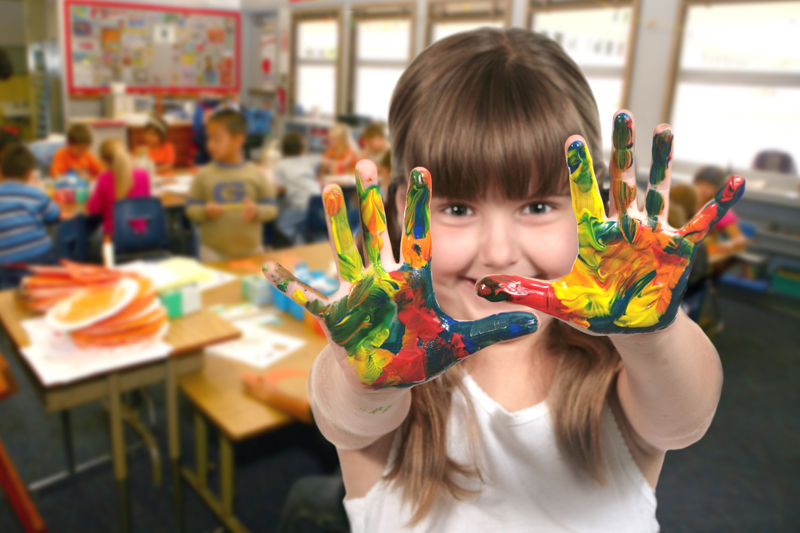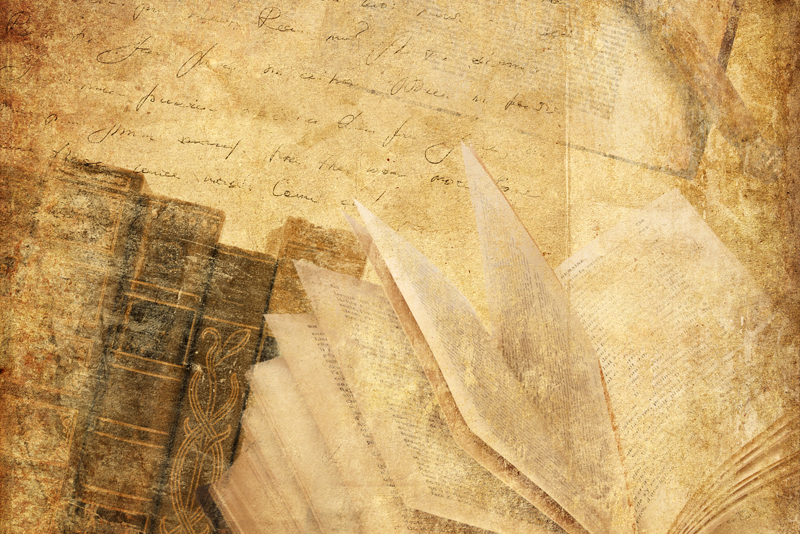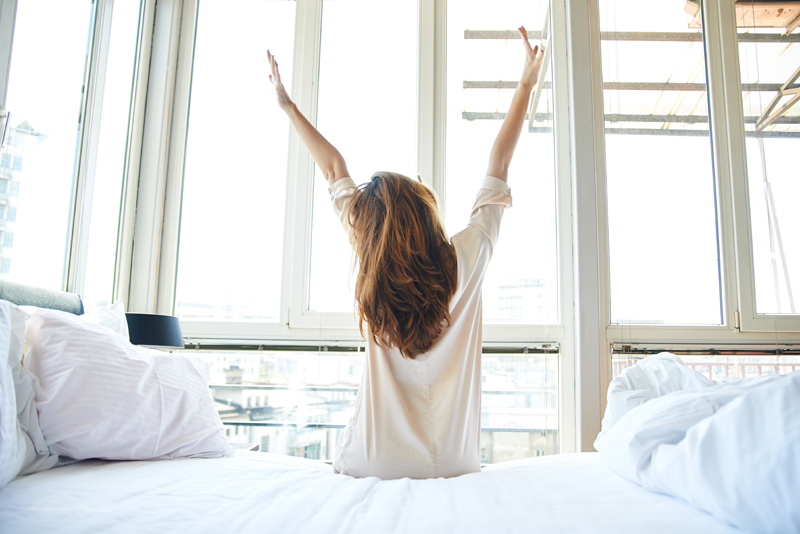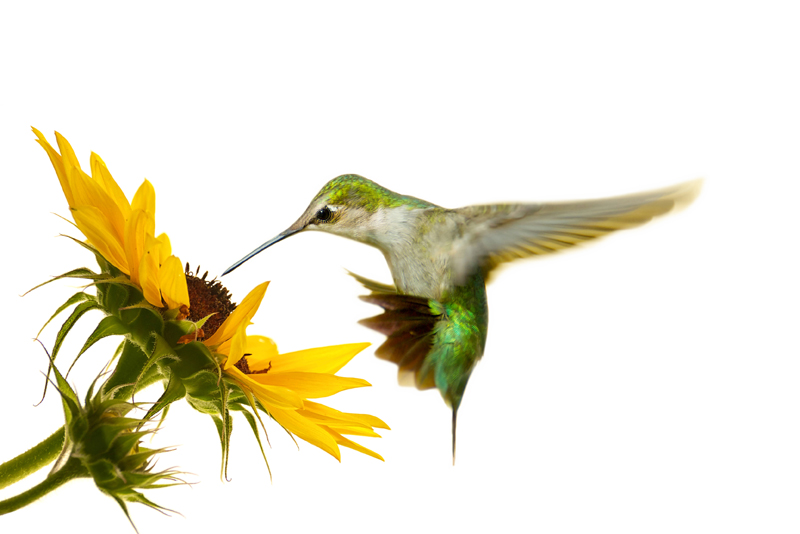Sewing and Color's Influence

The ability to see color may have been among our acquired human survival skills over the millennia. Research informs our ability to see color may have developed as a result of our predecessors need to distinguish red from the nearly monochromatic green of the forest; also red, green, and yellow are the colors of most edible fruits. We may not even be aware of the powerful influence color has over our moods, memory, health, tolerance for pain, the taste of our food, even political, economic, and social trends. Ever feel chilled in a room where the walls are mostly blue? Or, feel slightly warm in a room with dominate colors of red? Our physiological response to color is very real and extensively researched by scientists, marketers and designers alike.
Of course, color plays an important part in the sewer’s world. The dizzying array of hundreds of bolts of fabric displayed in any fabric store are arranged, not surprisingly, by color and hue as well as fabric content, texture, function and other retail considerations. Color can even be used as a timekeeper allowing for the identification and dating of antique textiles.
Learning about the color wheel (a circular representation of colors and their many relationships) and how to use and combine colors that are complementary (colors opposite on the color wheel), analogous (two to six colors next to each other on the color wheel), monochromatic (one color in varying intensities) or in a triad relation (three colors balanced and opposite on the wheel) will allow a sewer new insight into why some color combinations are visually pleasing and how colors can be emotionally satisfying. There are countless websites devoted to color as it relates to fabrics. Acquiring an inexpensive color wheel can enhance a sewer's knowledge of why some color combinations are visually pleasing and why others may seem discordant.
Briefly, the customary color wheel is made up of 12 colors placed into 3 categories: the primary colors that we are all familiar with from childhood are red, blue and yellow, secondary colors are orange, green and violet while tertiary colors are a combination of a secondary color and the primary color that resides next to it on the color wheel: yellow-orange, red-orange, red-violet, blue-violet, blue-green, and yellow-green.
Ask any quilter about the importance of color and contrast, color theory and color interaction, color value (shades of lightness), color shades (how much black is in a color) color tones (how much gray is evident in a color) and why they choose certain colors for visual dominance as an essential part of their quilt design. Be prepared for a lively discussion!
Color can convey information (think of a corporate brand, street sign or traffic light), direction, status (purple was associated with royalty and wealth) and even the intangibles of culture and emotion. Colors can evoke memories associated with the change of seasons as we consider the familiar red, oranges and golds of autumn, cherry reds and forest greens of Christmas, palest shades of pink, blues, mauves and buttercup yellows for spring and the sky blues and bright greens of summer. Color provides us all with an easy to understand visual language.
All of these thoughts about the influence of color impact our choice of fabrics. Sewers can take advantage of current research in color and theories of color perception and use this color information in the selection of fabrics and textiles for garment construction, sewing contemporary fashion accessories and home décor. A general understanding of the influence of color can arguably improve our lives and enhance our sewing whether you are a quilter, an embroiderer, textile or fabric artist, interior decorator, crafter, upholsterer, milliner, dressmaker, tailor, or home sewer.
Once an essential skill taught to very young girls, modern-day sewing has evolved into much more than a hobbyist activity, now reaching the highest levels of contemporary art for any with a deep appreciation of fabric, color, texture, design and a desire to create and inspire.
Sew happy, sew inspired.
Of course, color plays an important part in the sewer’s world. The dizzying array of hundreds of bolts of fabric displayed in any fabric store are arranged, not surprisingly, by color and hue as well as fabric content, texture, function and other retail considerations. Color can even be used as a timekeeper allowing for the identification and dating of antique textiles.
Learning about the color wheel (a circular representation of colors and their many relationships) and how to use and combine colors that are complementary (colors opposite on the color wheel), analogous (two to six colors next to each other on the color wheel), monochromatic (one color in varying intensities) or in a triad relation (three colors balanced and opposite on the wheel) will allow a sewer new insight into why some color combinations are visually pleasing and how colors can be emotionally satisfying. There are countless websites devoted to color as it relates to fabrics. Acquiring an inexpensive color wheel can enhance a sewer's knowledge of why some color combinations are visually pleasing and why others may seem discordant.
Briefly, the customary color wheel is made up of 12 colors placed into 3 categories: the primary colors that we are all familiar with from childhood are red, blue and yellow, secondary colors are orange, green and violet while tertiary colors are a combination of a secondary color and the primary color that resides next to it on the color wheel: yellow-orange, red-orange, red-violet, blue-violet, blue-green, and yellow-green.
Ask any quilter about the importance of color and contrast, color theory and color interaction, color value (shades of lightness), color shades (how much black is in a color) color tones (how much gray is evident in a color) and why they choose certain colors for visual dominance as an essential part of their quilt design. Be prepared for a lively discussion!
Color can convey information (think of a corporate brand, street sign or traffic light), direction, status (purple was associated with royalty and wealth) and even the intangibles of culture and emotion. Colors can evoke memories associated with the change of seasons as we consider the familiar red, oranges and golds of autumn, cherry reds and forest greens of Christmas, palest shades of pink, blues, mauves and buttercup yellows for spring and the sky blues and bright greens of summer. Color provides us all with an easy to understand visual language.
All of these thoughts about the influence of color impact our choice of fabrics. Sewers can take advantage of current research in color and theories of color perception and use this color information in the selection of fabrics and textiles for garment construction, sewing contemporary fashion accessories and home décor. A general understanding of the influence of color can arguably improve our lives and enhance our sewing whether you are a quilter, an embroiderer, textile or fabric artist, interior decorator, crafter, upholsterer, milliner, dressmaker, tailor, or home sewer.
Once an essential skill taught to very young girls, modern-day sewing has evolved into much more than a hobbyist activity, now reaching the highest levels of contemporary art for any with a deep appreciation of fabric, color, texture, design and a desire to create and inspire.
Sew happy, sew inspired.

Related Articles
Editor's Picks Articles
Top Ten Articles
Previous Features
Site Map
Content copyright © 2023 by Cheryl Ellex. All rights reserved.
This content was written by Cheryl Ellex. If you wish to use this content in any manner, you need written permission. Contact Cheryl Ellex for details.







